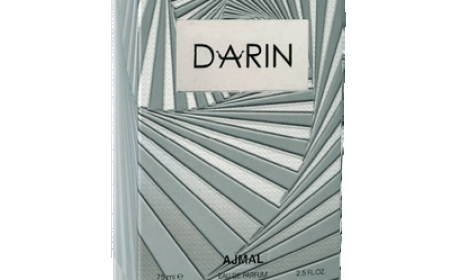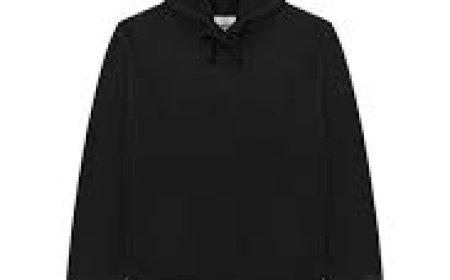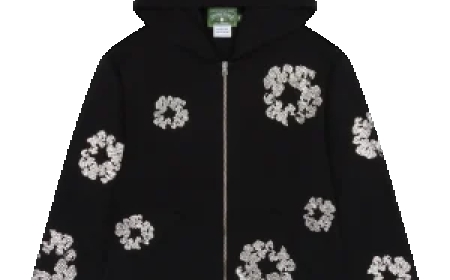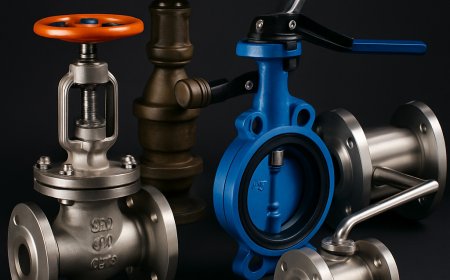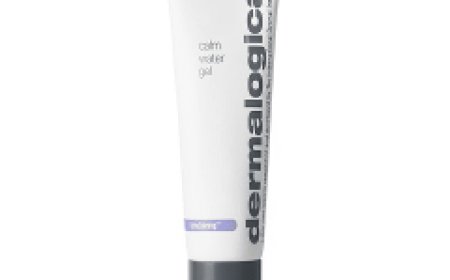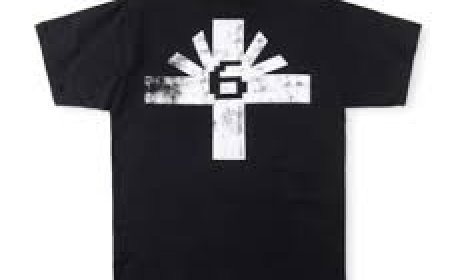Tree Pruning: The Essential Guide to Healthy, Beautiful Trees
Tree pruning is both an art and a science. Whether you're shaping a young sapling or preserving a mighty oak, thoughtful pruning keeps trees healthy, safe, and beautiful. It’s not just about removing branches—it's about giving your trees a better, longer life. So grab your tools—or call in the pros—and help your trees grow stronger, season after season.
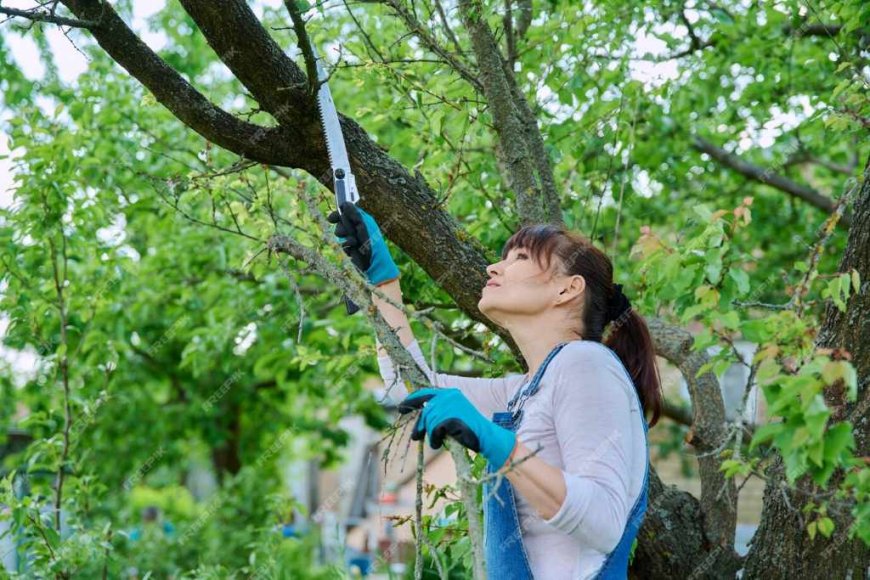
Trees are the silent guardians of our yards, streets, and parksbut even they need a little TLC now and then. Thats where tree pruning comes in.
What Is Tree Pruning?
Tree pruning is the selective removal of branches to improve the trees structure, health, and appearance. It's not just about cutting away limbsit's a strategic process aimed at long-term vitality.
Why It Matters for Tree Health
Think of pruning as giving your tree a haircut. Done right, it removes dead weight, encourages strong growth, and prevents problems before they start.
Benefits of Tree Pruning
Improved Tree Health
Removing dead, diseased, or insect-infested limbs prevents decay organisms from spreading to healthy parts of the tree.
Better Airflow and Sunlight Penetration
Strategic pruning opens up the canopy, allowing air and sunlight to reach inner leaves and surrounding plantshelping everything thrive.
Enhanced Curb Appeal
A well-pruned tree is more symmetrical, balanced, and visually pleasing. It adds value and beauty to your landscape.
Safety and Risk Reduction
Overgrown branches near power lines or rooftops are dangerous. Pruning helps avoid property damage and injury during storms.
Encouraging Fruit Production
For fruit-bearing trees, proper pruning leads to larger, juicier fruit by redirecting energy to fewer, stronger branches.
Types of Tree Pruning
Crown Thinning
Removes smaller branches evenly throughout the crown to reduce weight and allow light and air to filter through.
Crown Raising
Trims lower branches to clear space for pedestrians, driveways, or buildings underneath.
Crown Reduction
Reduces the overall size of a tree while maintaining its natural shapeuseful for trees that have outgrown their space.
Deadwooding
Focuses on removing dead or dying limbs to improve safety and health.
Pollarding
A drastic method used for certain species to control size and shape, often for ornamental or urban trees.
When to Prune Trees
Seasonal Guide for Different Tree Types
-
Winter (Dormant Season): Ideal for most trees. Less sap flow, easier to see the structure.
-
Spring: Good for early flowering trees right after they bloom.
-
Summer: For corrective purposes or slowing growth.
-
Fall: Not recommendedtrees are preparing for dormancy and more susceptible to fungi.
Signs a Tree Needs Pruning
-
Dead or broken branches
-
Rubbing or crossing limbs
-
Misshapen structure
-
Interference with structures or wires
Best Weather Conditions for Pruning
Choose dry days to reduce the risk of disease spreading through open wounds.
Tools Required for Tree Pruning
Hand Pruners and Loppers
Best for small branches (up to 2 inches thick). Loppers provide better leverage for thicker branches.
Pruning Saws and Pole Pruners
Saws handle medium-sized limbs, while pole pruners help you reach high without a ladder.
Safety Equipment
Gloves, safety glasses, helmets, and harnesses (for high work) are essential for staying safe.
Tool Maintenance Tips
Clean tools after each use. Sharpen blades regularly to ensure clean cuts and prevent tearing.
DIY Tree Pruning Tips
How to Make the Right Cuts
-
Always cut just outside the branch collar.
-
Use the 3-cut method to prevent bark stripping.
-
Angle cuts away from the trunk to promote healing.
Common Mistakes to Avoid
-
Topping trees (removing main vertical branches)
-
Over-pruning in one season
-
Leaving stub cuts
Safety Guidelines
Never prune near power lines or use chainsaws without training. If in doubt, call a professional.
Hiring a Professional Arborist
When to Call the Pros
-
Large trees or high branches
-
Near utility lines
-
Diseased trees that need diagnosis
What to Look for in a Tree Service
-
Certification (e.g., ISA Certified Arborist)
-
Insurance coverage
-
Experience and references
Questions to Ask Before Hiring
-
Do you follow ANSI A300 pruning standards?
-
Will you remove debris?
-
How long will the job take?
Tree Pruning Techniques Explained
The 3-Cut Method
-
First cut a notch on the underside.
-
Then make a second cut from the top a few inches away.
-
Finish with a final clean cut outside the collar.
Proper Branch Collar Cuts
Avoid cutting flush with the trunk. Leave the branch collar to help the wound seal naturally.
Avoiding Flush Cuts
Flush cuts expose too much of the tree and delay healing. They often lead to decay and disease.
Pruning for Young vs. Mature Trees
Shaping Young Trees
Early pruning defines the trees shape, strengthens the structure, and prevents future issues.
Structural Pruning
Encourages a strong central leader and balanced scaffold limbs.
Maintaining Mature Trees
Less aggressive pruning is neededfocus on deadwood and thinning, not major structural changes.
Tree Species-Specific Pruning Tips
Deciduous Trees
Best pruned in winter. Look for inward-growing branches and prune to shape.
Evergreens
Usually need minimal pruning. Remove damaged branches and shape lightly.
Fruit Trees
Prune annually in late winter or early spring. Remove crossing limbs and thin the canopy.
Flowering Trees
Timing depends on bloom type. Prune spring bloomers after flowering, and summer bloomers in late winter.
The Environmental Impact of Pruning
Encouraging Biodiversity
A healthy tree supports birds, insects, and other wildlife. Pruning helps maintain that balance.
Preventing Disease Spread
Timely removal of infected branches stops disease from spreading to other plants.
Promoting Sustainable Growth
A well-pruned tree lives longer, grows stronger, and consumes fewer resources like water and nutrients.
Legal and Local Regulations
Do You Need a Permit?
Some cities require permits for large or protected trees. Check your local codes before pruning.
Pruning Trees Near Power Lines
Leave this to utility companies or certified professionalsnever attempt it yourself.
Neighbor Boundary Considerations
If a tree crosses property lines, talk to your neighbor before pruning. Avoid legal conflicts.
Tree Pruning and Pest Prevention
How Pruning Discourages Infestations
Open canopies reduce moist, dark areas where pests thrive. Removing diseased wood cuts off pest food sources.
Dealing with Diseased or Infected Branches
Disinfect tools between cuts. Bag and remove infected branchesdont compost them.
Common Myths About Tree Pruning
More Cuts = Faster Growth?
False. Over-pruning stresses the tree and leads to weak regrowth.
Pruning in Summer Kills Trees?
Not truelight summer pruning is safe. Just avoid major cuts during heatwaves or drought.
Conclusion
Tree pruning is both an art and a science. Whether you're shaping a young sapling or preserving a mighty oak, thoughtful pruning keeps trees healthy, safe, and beautiful. Its not just about removing branchesit's about giving your trees a better, longer life. So grab your toolsor call in the prosand help your trees grow stronger, season after season.
FAQs
How often should I prune my trees?
Most trees benefit from pruning every 13 years, depending on their growth rate and condition.
Can pruning kill a tree?
Not if done correctly. Over-pruning or improper cuts can harm the tree, so be careful or hire a pro.
Whats the difference between trimming and pruning?
Trimming often refers to shaping hedges or shrubs. Pruning is for health and structural purposes in trees.
Is it okay to prune in winter?
Yes! Winter is the ideal time for most tree types as theyre dormant and less vulnerable to stress.
Should I seal tree wounds after pruning?
Generally, no. Most trees heal naturally. Wound sealants can sometimes do more harm than good.






